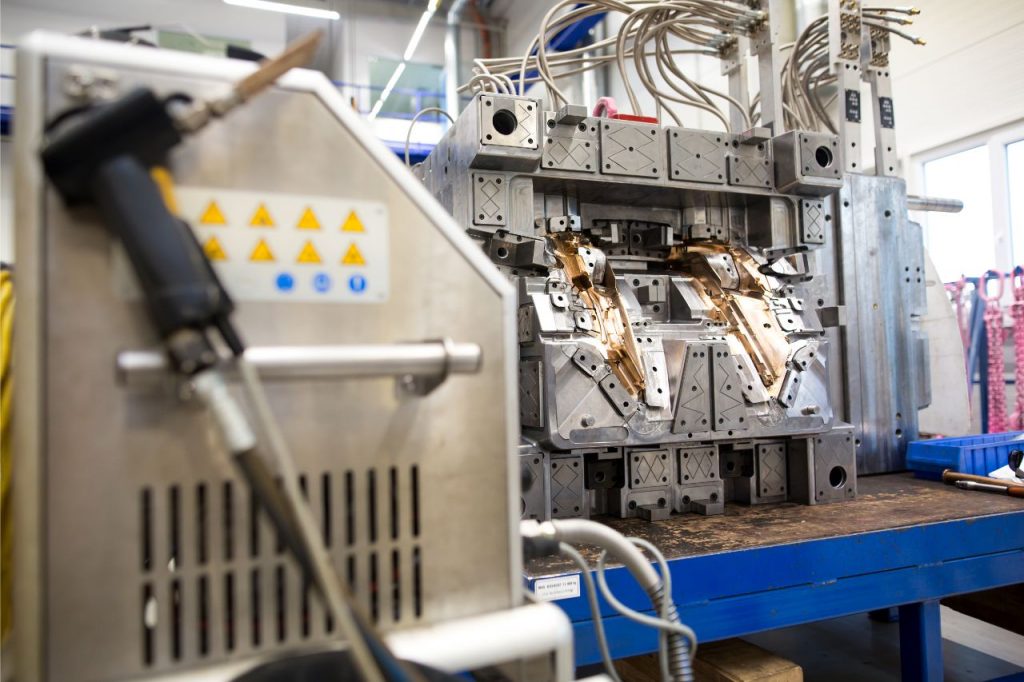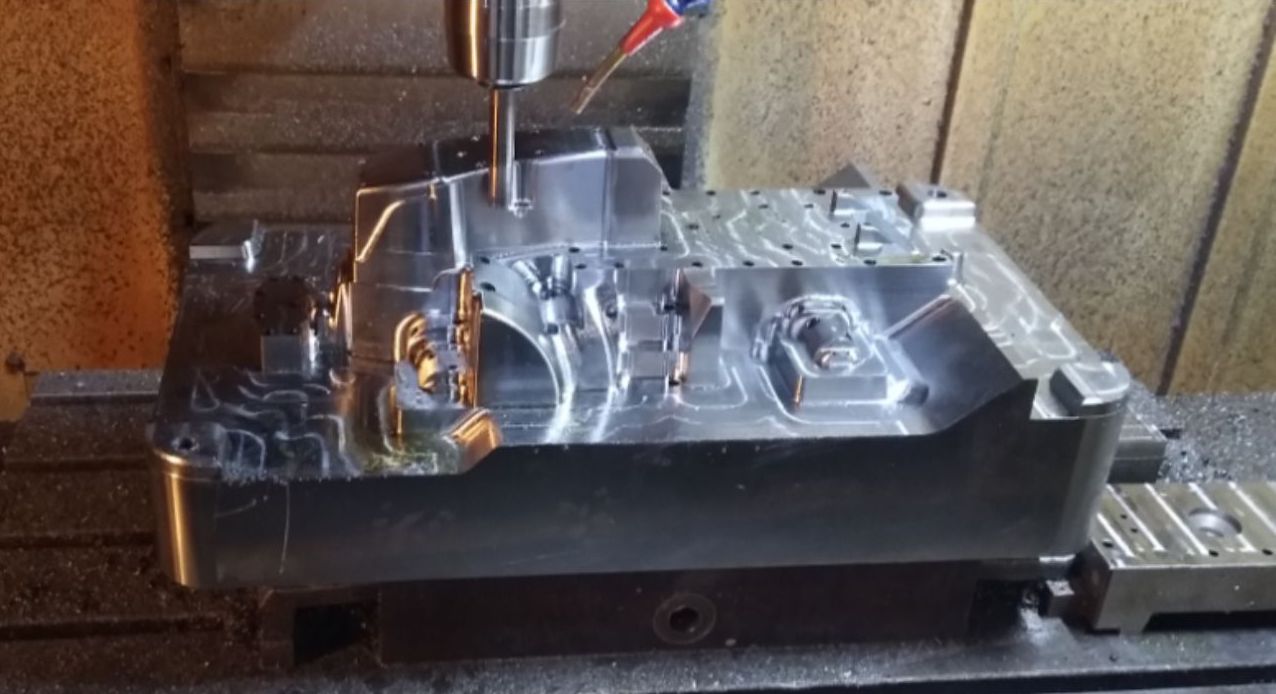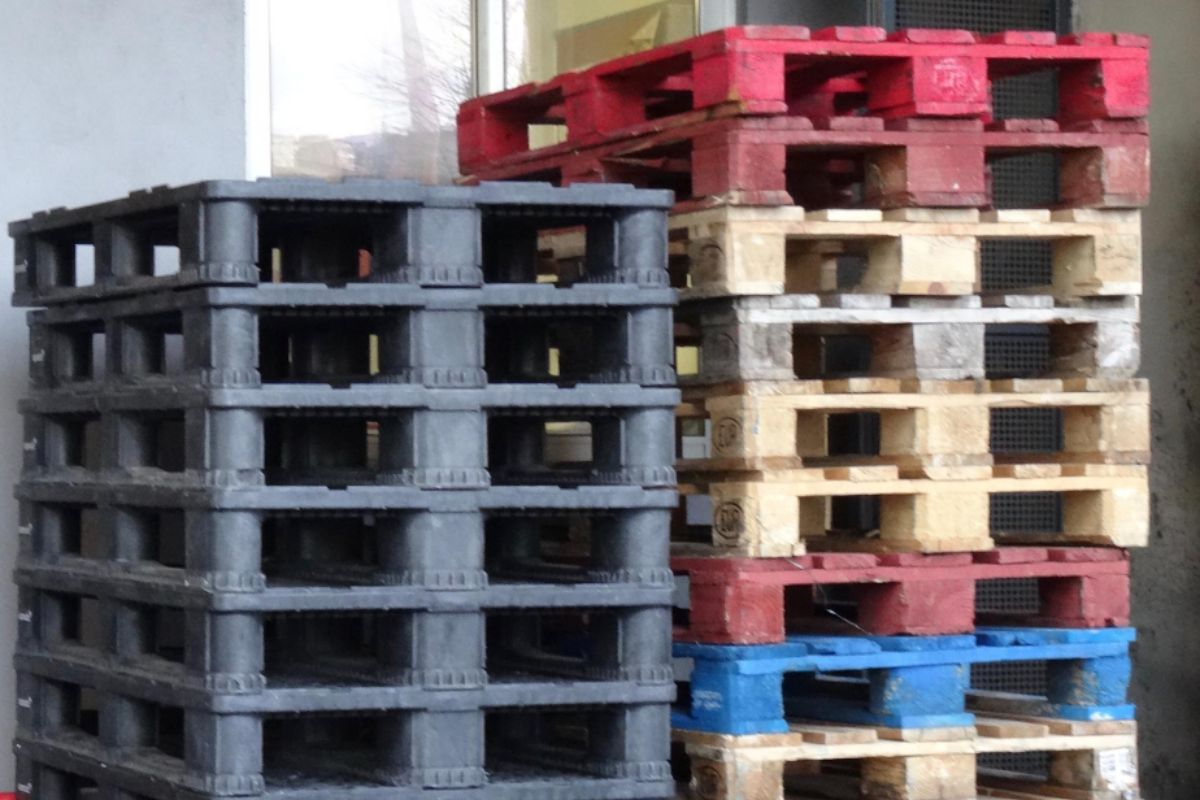What are the different types of plastic injection molds?
- Low and High Cavitation Molds
- Family Mold
- Hot Runner Molds
- Cold Runner Molds
- Unscrewing Molds
There are various types of plastic injection molds in the injection molding process. Although there are many factors that can be attributed to the quality of the plastic products that are ejected from the machine, the type and quality of the molds are arguably the most important.
As the plastic pellets/rein are melted in the injection molding machine, they are fed into a mold that contains cavities. Cavities can come in different designs and correspond to a type of plastic product. With this, molds can hold cavities of the same or different shapes, depending on the intentions of the manufacturer.
In a single cycle time, it’s possible to produce multiple products of consistent quality, provided that the injection molds are functional and well-maintained. These molds can either be low/high cavitation, family, hot runner, cold runner or unscrewing molds. Continue reading to learn more.
Low and High Cavitation Molds
The type of mold used in injection plastic manufacturing can be classified according to the number of cavities. In injection molding, you’ll encounter low and high cavity molds.
As the name suggests, low cavity molds are molds that have a few cavities, usually with a maximum of four and a minimum of one. This type of mold is found across injection molding operations that require precision in the products — i.e. medical tools or surgical devices. The lead time per shot/cycle for low cavity molds is typically shorter compared to high-cavitation molds but it is not really ideal for high-volume applications.
On the other hand, high-cavitation molds carry multiple cavities in a single mold. Although the lead time is considerably slower, these molds are ideal in productions that require a high-volume amount of plastic products to be manufactured. You’ll easily be able to find a high cavity mold that contains upwards of 16 cavities per component. Despite this, however, the tooling costs for high cavity molds may be higher precisely because of the number of cavities, volume of resin, and complexity of the designs.
Family Mold
High cavitation molds can be further classified into the family mold. This mold is capable of housing two or more cavities for the manufacture of multiple parts of the same kind. Although the shape and form of the mold are usually intended to produce a single product, it’s also common for the parts to be produced as the other half of the previous component.
Manufacturers and clients save a significant amount of time when it comes to family molds. Manufacturing the steel or aluminum family mold doesn’t require specialized materials and a client would easily be able to place an order for a family mold. Further, this is also a cost-efficient way, as the tooling complexity for family molds is relatively low.
Hot Runner Molds
Plastic injection molds can also be classified according to the type of runner used in a single component. Like the molds, the runners are also crucial in determining the shape and quality of the product. They are responsible for transferring the molten plastic material into the cavities in the mold, after the resin has been introduced by the nozzle.
Hot runner molds are designed to keep the plastic resin consistently molten throughout an entire cycle time. Because the hot runners are capable of conveying the molten plastic throughout multiple cavities, they’re considered to be cost-effective and practical. This is because these mold types produce less waste and limit defects in plastic molding.
A hot runner injection molding system can be used in the production of low-cost plastic products such as smartphone cases, pickguards, bottle caps, valve caps, and the like.
Cold Runner Molds
A cold runner mold works similarly to a hot runner mold, except without the application of heat in the runner component. This mold type is used in typical injection molding tooling, which involves the use of a sprue and runner before the molten plastic is eventually conveyed into the mold cavities.
While a cold runner system might not necessarily be complex compared to the hot runner system, the former isn’t really practical for high-volume production. This is because cold runner injection molding tends to produce a higher level of waste. While the waste can be recycled and re-fed into the machine, this can negatively impact the quality of the product.
Unscrewing Molds
Plastic bottle caps, fittings, screws, socket caps, studs, and shafts all have one thing in common — they’ve been manufactured with the use of unscrewing molds. This type of mold is specifically used for the production of plastic components that have threads.
Other mold types are not ideal due to the straight-pull bump-off system that may damage the shape of the threads as they’re being ejected from the machine. Instead a mold that has an unscrewing mechanism needs to be used.
In producing unscrewing molds, manufacturers ensure that the plastic resin doesn’t seep into the gaps present in the thread. This is done by tightly securing the rotating core to maintain a uniformity in the design of the products.
Key Takeaway
The types of plastic injection molds can be classified according to the number of cavities and the types of runners. There are specific molds for the production of multiple products of a single kind, while there are molds ideal for low-quantity production of materials.
If you’re in need of an injection molding product design, you need to make sure that your manufacturer is using only high-quality molds that can meet your requirements. Choosing the right kind of mold allows the injection molding process to become more practical and cost-efficient for both you and the manufacturer.












